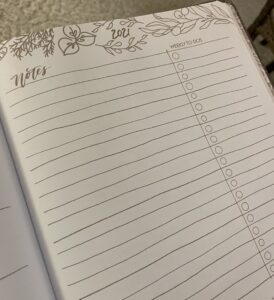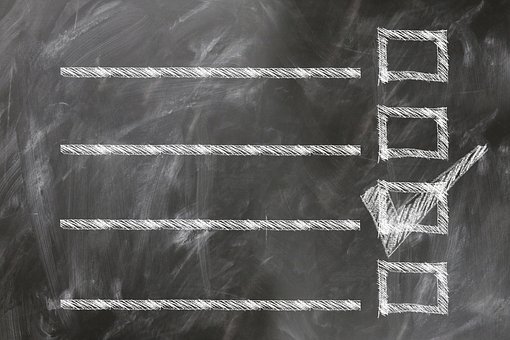Once I’m up in the morning, I have a routine (generally helpful) that includes a few minutes looking over the schedule and tasks for the day. This allows me to plan my approach from the start. While thinking through the plan one day, I thought it might be helpful to document what the process contains for the benefit of all.
*Often I take a look at my planner on my way out the door for a walk, since I find it helpful to think and walk. This doesn’t work for everyone, but it may be a way to multi-task for some. If you need to sit down and focus entirely on the page, please do that. Once I walk back in the door, I write down any adjustments needed.
On this particular day, I had three things scheduled and three priorities for activities. The first appointment was at 2:00, then 4:00, then 6:00, so I had hours to flex before getting where I needed to be…but not a lot of time later in the day. The tasks that needed to be tackled were varied: laundry, desk work, and raking hay.
First I considered priorities. The hay had to be baled by that night, since rain was forecasted for the next day. The desk work needed to be at least partially completed, since the due date was the next day and there wasn’t a lot of time to work on it the next day. The laundry just generally needs to be done, although we can always survive for a day or two without it.
Then I considered logistics. Although the hay was the primary importance, the dew needed to dry before I could tackle it. Desk work and laundry could be done before the raking, while the sun did its work. If I had time after raking, I might be able to fit in some more work, but if not, I had at least completed what was necessary. This also worked well because my mental energy would be better first thing, more than after working outside for a few hours.
* I have found the best time for me to do laundry is while doing work at my desk. The machine alerts prod me up out of the chair at regular intervals, which is healthier than sitting for hours. Since transferring laundry takes about 0.00000001% of mental capacity, I can retain my train of thought and jump back into the project easily when I get back.
One thing I check for appointments is that I have everything prepared. In this case, books were in the truck already and a bag was packed by the door, so I was set. Any other preparation would have had to fit into the morning also.
I also checked the task list for the week to ensure I was aware of possible errands I could run between appointments. Those were scheduled with enough margin that I would probably have some time — though not a lot — in between, and I wanted to be prepared to fit a stop in on the way home.
*Not surprisingly, the day did not go as planned! However, because I was clear on my priorities, the logistics could bend to work around what was absolutely necessary. The hay got baled, the work got done in time, the laundry was clean-but-not-folded, two appointments were attended, and no errands were crossed off the list.

 The planner is 8″x10″ and includes the usual month and week spreads. The week has days on one page, and space for notes and a task list are on the other. You can easily keep track of time commitments and what you need to do during the week generally. The Notes space could be used for anything you need, including meal planning or grocery lists or project planning or books read.
The planner is 8″x10″ and includes the usual month and week spreads. The week has days on one page, and space for notes and a task list are on the other. You can easily keep track of time commitments and what you need to do during the week generally. The Notes space could be used for anything you need, including meal planning or grocery lists or project planning or books read. A highlight of the planner is the monthly Gratitude List. What a great way to promote thankfulness in our hearts!
A highlight of the planner is the monthly Gratitude List. What a great way to promote thankfulness in our hearts! Speaking of gratitude…there are several spreads in the back of the planner specifically for prayer requests and documenting answers to prayer.
Speaking of gratitude…there are several spreads in the back of the planner specifically for prayer requests and documenting answers to prayer.
